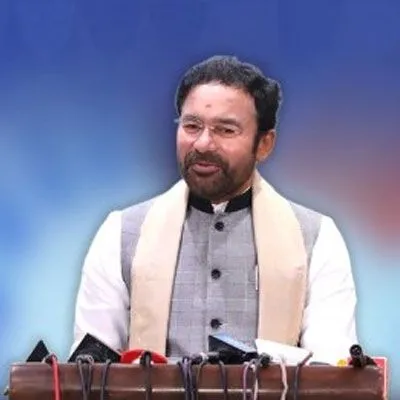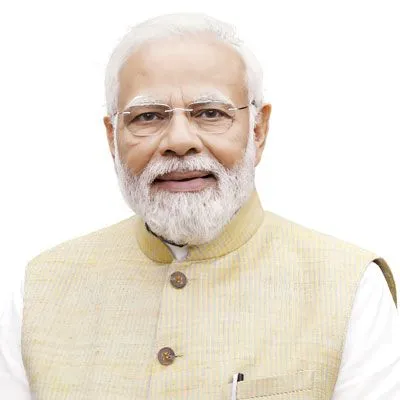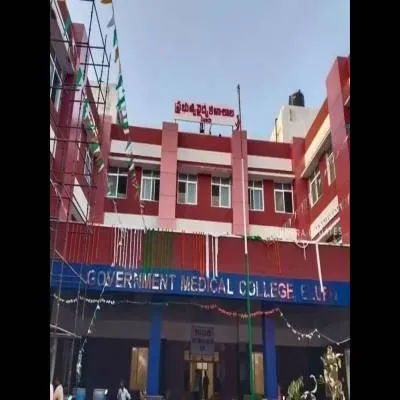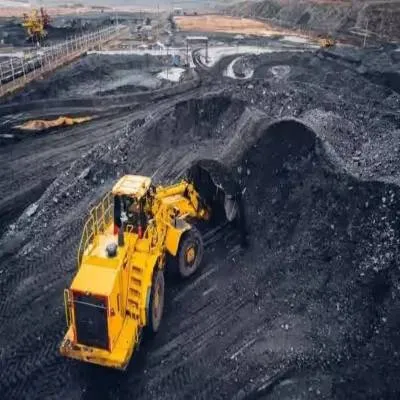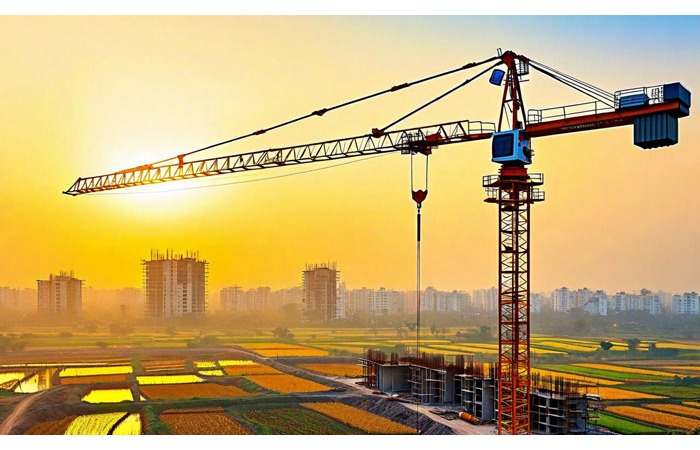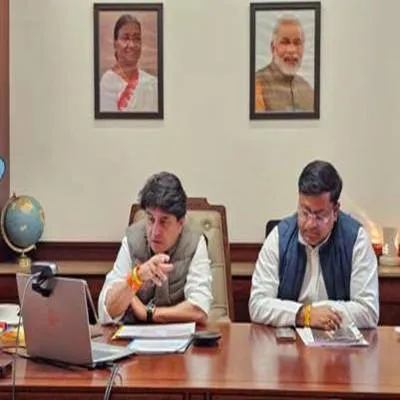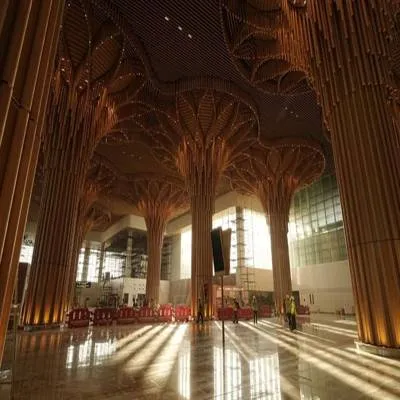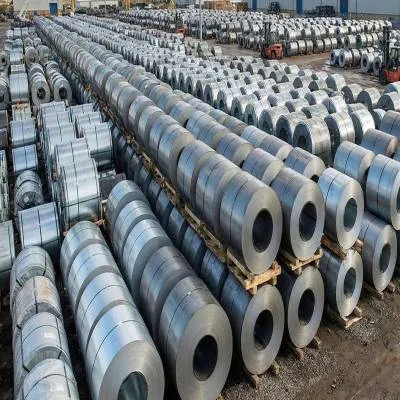Schedule a Call Back
Rs 880 tn investment in infra by 2047 for high growth: Govt
 According to an estimate presented to the Council of Ministers this week, it was stated that India would require an investment of Rs 845-880 trillion between 2023 and 2047 to achieve infrastructure development and financial growth similar to that of China. The estimate recommended a roadmap for enhancing key infrastructures in order to meet future needs. The targets include increasing the length of highways by 1.6 times, expanding port capacity fourfold, and doubling the railway network. This includes the construction of 20,000 km of elevated tracks and 4,500 km of bullet train corridors within the next 24 years. Additionally, there are plans to increase the number of Vande Bharat trains to 4,500 and install Kavach, an indigenous anti-collision system, in all trains.
According to an estimate presented to the Council of Ministers this week, it was stated that India would require an investment of Rs 845-880 trillion between 2023 and 2047 to achieve infrastructure development and financial growth similar to that of China. The estimate recommended a roadmap for enhancing key infrastructures in order to meet future needs. The targets include increasing the length of highways by 1.6 times, expanding port capacity fourfold, and doubling the railway network. This includes the construction of 20,000 km of elevated tracks and 4,500 km of bullet train corridors within the next 24 years. Additionally, there are plans to increase the number of Vande Bharat trains to 4,500 and install Kavach, an indigenous anti-collision system, in all trains.Between 1995 and 2020, China witnessed significant growth in gross domestic product, air trips, Metro Rail lines, and rail freight. The estimates highlight that approximately 56% of the projected investment, which amounts to around Rs 490 trillion, will be required for upgrading urban infrastructure. This includes laying approximately 5,000 km of mass rapid transit systems (MRTS) across 75 cities, compared to the existing network of only 750 km in 27 cities. Sources indicate that the focus will be on the Central government utilising the Finance Commission (FC) and Centrally Sponsored Schemes (CSS) devolutions to encourage reforms in governance, planning, and finances of the urban local bodies (ULBs).
According to the roadmap, the government aims to achieve 100% e-governance in all towns and implement digital property tax collection with regular assessments. The target is also set to have at least one Indian city among the top 100 livable cities worldwide by 2030, and five cities by 2047.
Government projections suggest that the number of Indian towns with a population of over one lakh would increase to 980 by 2040 and 1,500 by 2047.
Currently, there are 770 such towns across the country.
A source revealed that faster and seamless mobility, reducing the logistics cost to 8% of the GDP, and minimising transportation time have been identified as the major areas of focus. For instance, the group of secretaries on infrastructure has proposed setting a target for barrier-free and multimodal tickets, as well as intra-city mass transit options reachable within a 10-minute walk.
Also read:
KEC bags new orders worth Rs 1,042 cr
15km pod taxi corridor in Noida up for grabs


Subscribe Now
Subscribe to our Newsletter & Stay updated
RECENT POSTS
Popular Tags
Folliow us

